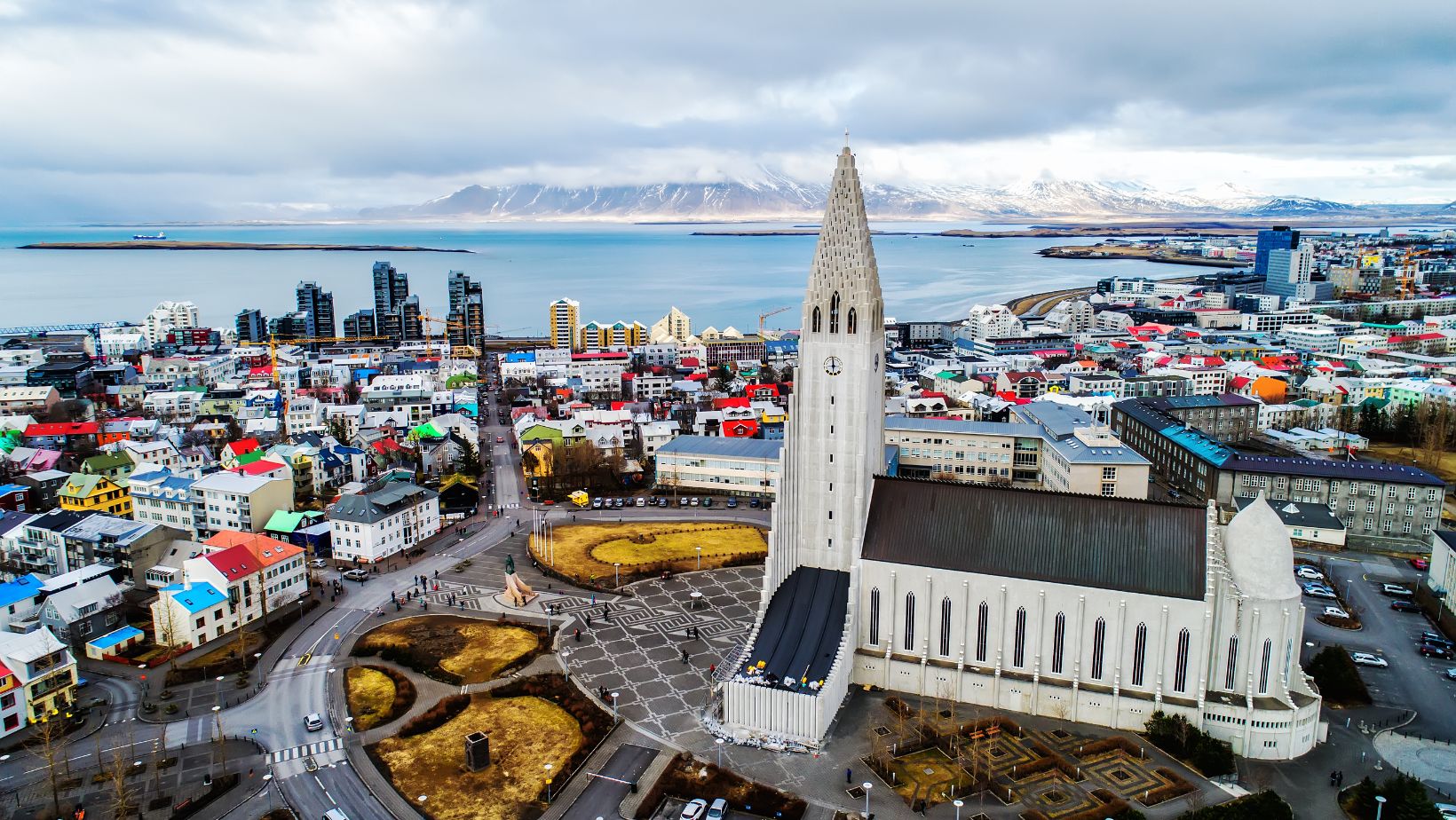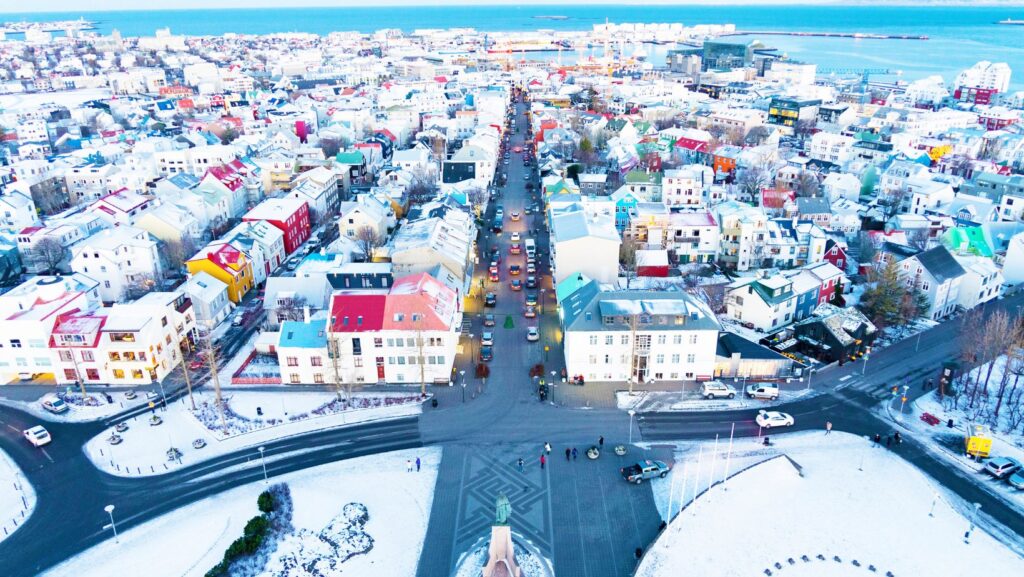Iceland Travel Tips
Iceland, a land of fire and ice, has become a bucket-list destination for many travelers. Its breathtaking landscapes, from geysers and waterfalls to glaciers and volcanic fields, offer a unique adventure that’s hard to find elsewhere. But, as with any trip, a little planning goes a long way.

The Magic of Iceland: Unveiling its Beauty
Offering a wide range of exquisite landscapes for the discerning traveler, Iceland remains shrouded in mystery and charm. A touch of its magic entices countless adventurers every year.
Discovering Iceland: Must-Visit Places
Stepping foot in Iceland allows one to explore the country’s phenomenal attractions, each holding a different appeal and charisma.
- Golden Circle Route: Winding through 300 kilometers, the Golden Circle presents a unique blend of natural wonders such as Thingvellir National Park, Gullfoss Waterfall, and the Geysir geothermal area.
- Vatnajokull National Park: Occupying about 13% of Iceland’s total area, this national park houses Europe’s largest glacier, making it a priority for every tourist’s itinerary.
- Jokulsarlon Glacier Lagoon: An astounding sight, this lagoon displays floating icebergs that create an ethereal ambiance, particularly at sunset.
- Blue Lagoon: Renowned for its healing properties, this geothermal spa offers a relaxing retreat amid azure-blue waters akin to a fairy tale setting.
Employing a strategy to navigate these places efficiently proves optimal, lessening the risk of missing essential sights.
Exploring Local Cuisine: Icelandic Delicacies to Try
Sampling delicacies forms an essential part of any journey, bestowing the opportunity to absorb a tad bit of local culture. Famous for its unique flavors and fresh ingredients, Icelandic cuisine provides adventurous palates a chance to test their mettle.
- Harðfiskur (Dried Fish): A popular snack, this dried fish serves as a high-protein fare usually enjoyed with butter.
- Hangikjöt (Smoked Lamb): Reflecting a Christmas tradition, this delicacy typically accompanies potatoes and a white sauce.
- Skyr: A creamy dairy product similar to yogurt but thicker, Skyr is a nutritious and versatile staple in Icelandic kitchens.
- Hákarl (Fermented Shark): Considered a national dish, this bold and acquired taste, albeit controversial, counts as an intriguing part of your gastronomic exploration.
Some might find a few selections daunting initially; however, opening up to local cuisine often paves the way for memorable experiences.

Essential Iceland Travel Tips to Know
Building on the context of Iceland’s picturesque landscapes, adventures, and distinctive cuisine, let’s dive into specific travel tips that will enhance your Icelandic experience.
The Best Time to Visit Iceland
Deciding on the best time to visit Iceland depends primarily on your preferences and tolerances. Various factors, such as weather conditions, daylight hours, and seasonal attractions play pivotal roles in determining the ideal time for your trip.
- Opt for the Summer Months (June to August) if warmer climates, long daylight hours and lush green landscapes appeal to you. During this period, temperatures typically range between 50-59°F (10-15°C), and the sun often stays out past midnight. These conditions facilitate hiking, camping, and wildlife spotting, particularly for bird enthusiasts – as puffins are significantly visible in these months.
- Consider the Winter Months (November to March) if you’re drawn towards chilly climates, shorter daylight hours, and awe-inspiring winter landscapes. Although this period experiences temperatures ranging from 28-38°F (-2-3°C), it’s a prime time for catching the Northern Lights. Similarly, you’ll find ample opportunity to delve into winter sports like skiing and snowboarding.
Navigating the Icelandic Weather
Icelandic weather tends to be unpredictable and can change quickly – “If you don’t like the weather, wait five minutes,” is a common local saying. Consequently, understanding and preparing for these fluctuations becomes essential during your trip.
- Dress in Layers: Thanks to the country’s quick changes in weather, layering becomes a survival skill in Iceland. Start with thermal undergarments, followed by an insulating layer, and top it off with a waterproof and windproof outer shell.
- Check Icelandic Meteorological Office: Before any outings or drives, always check the Icelandic Meteorological Office’s website for the latest weather updates. Follow their guidelines fervently, as weather conditions might affect road and site accessibility.
By adhering to these Iceland Travel Tips, coupled with the previously discussed preparations and careful trip-planning, you’re all set for an exceptional Icelandic journey.


